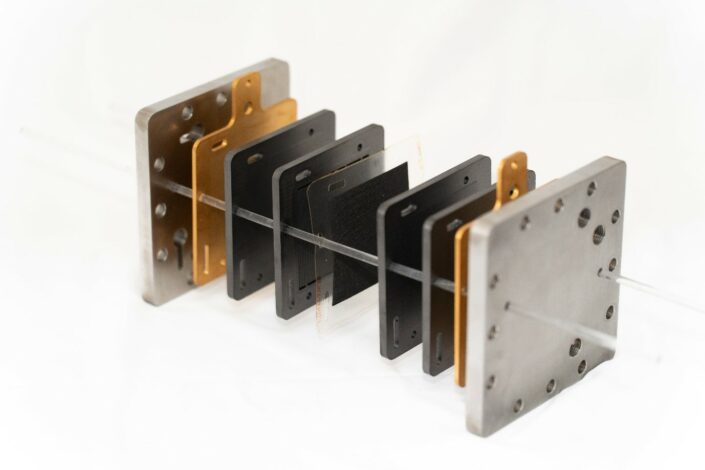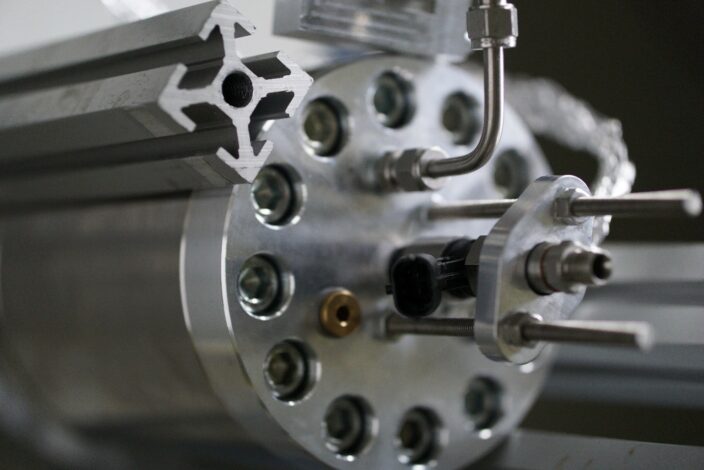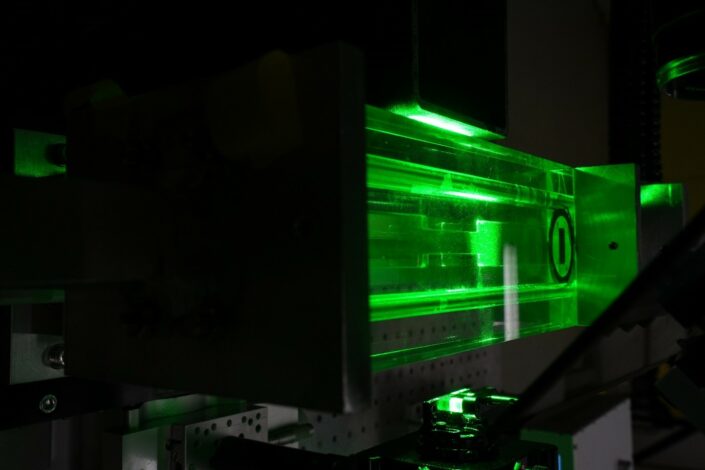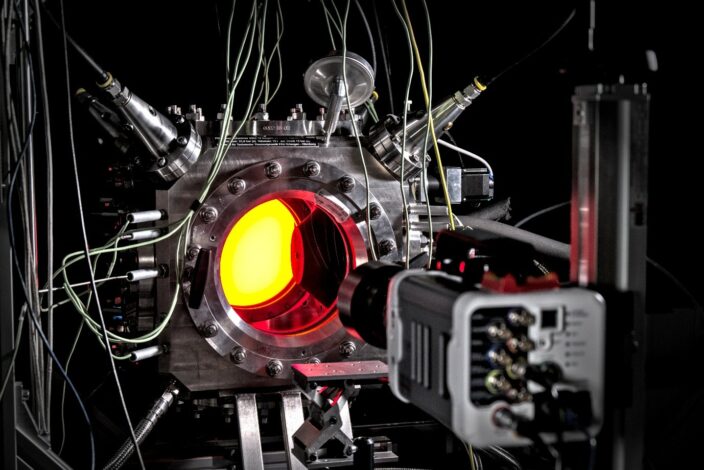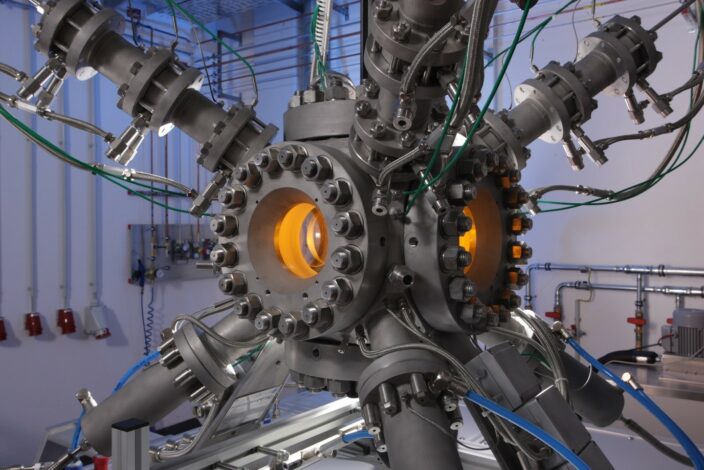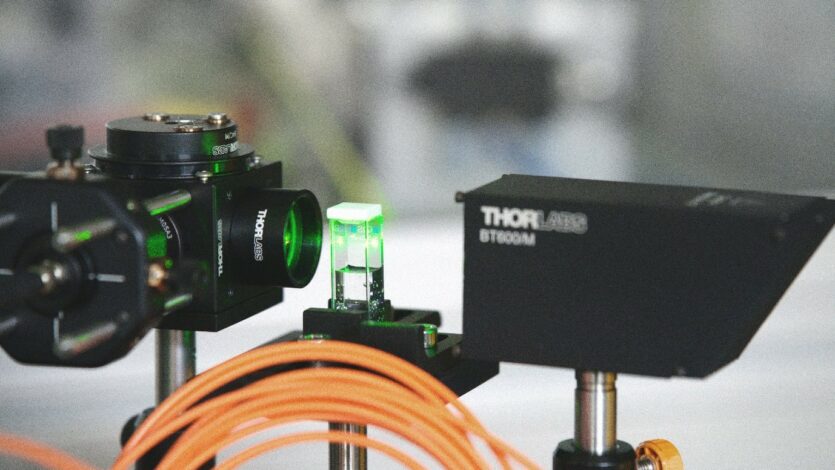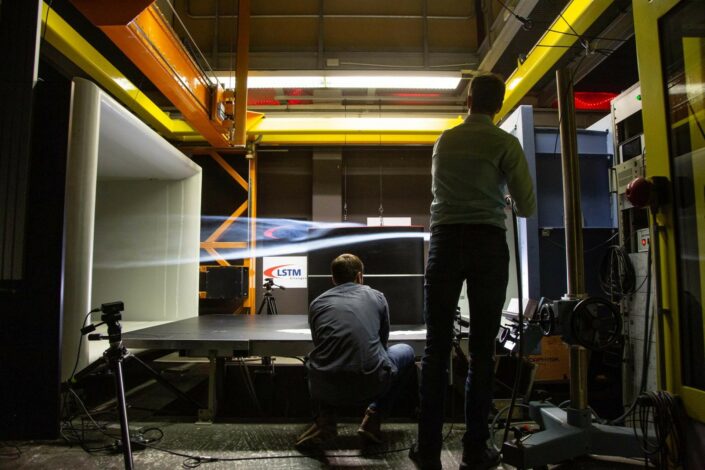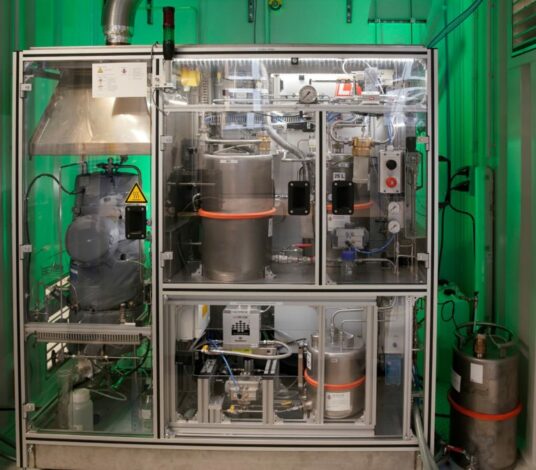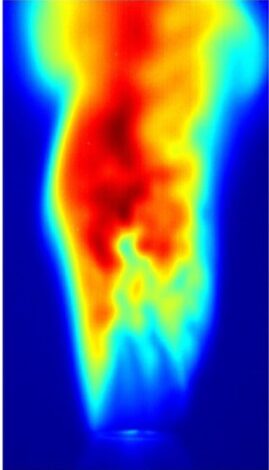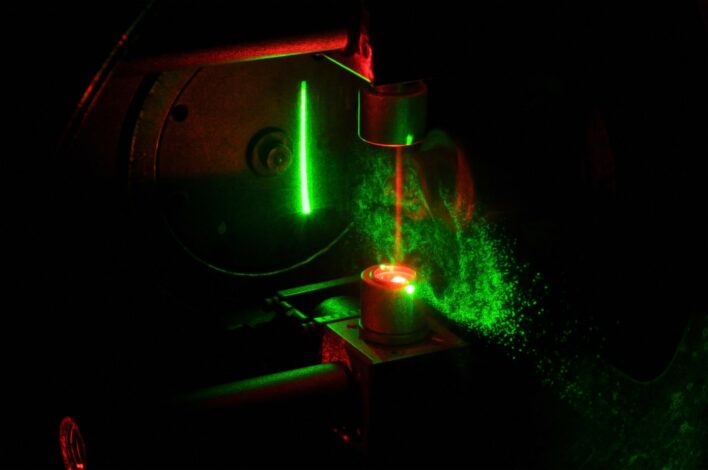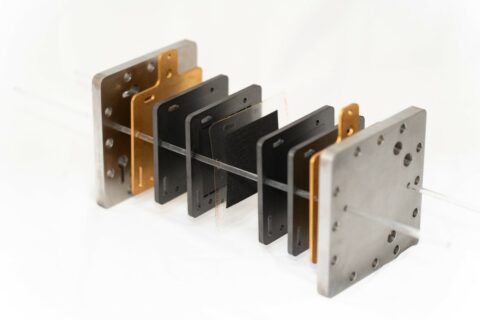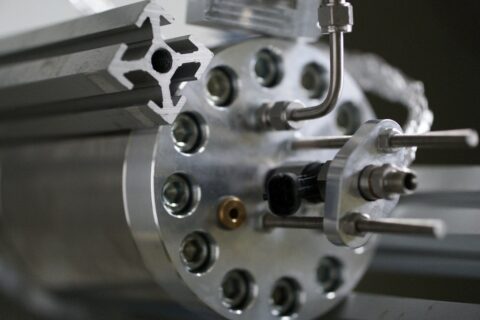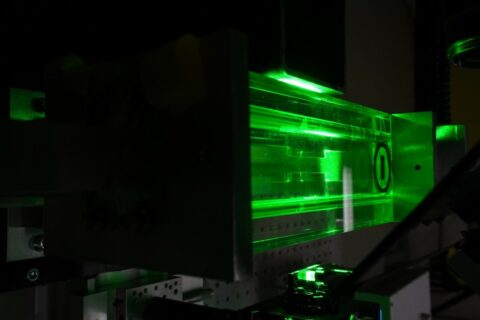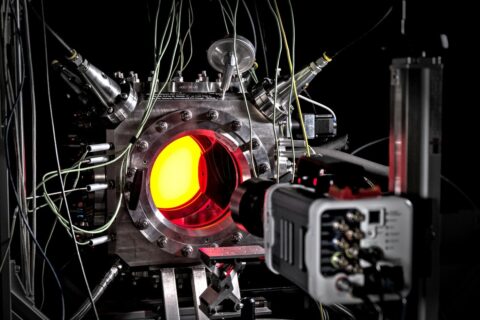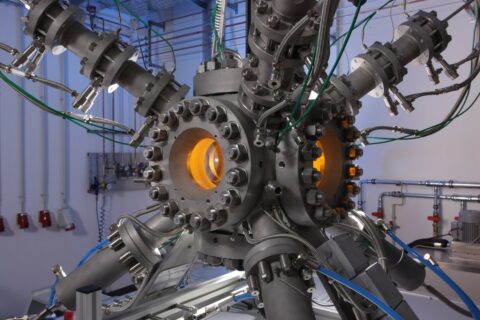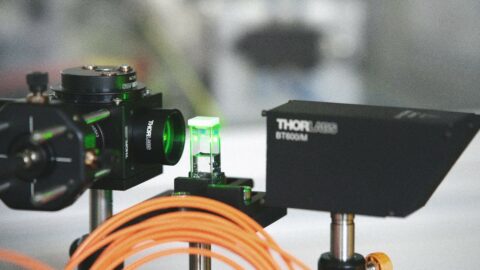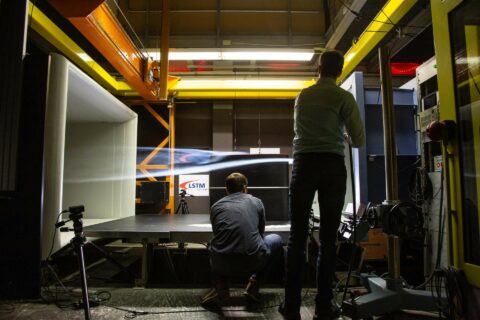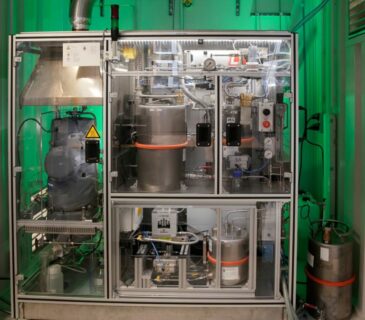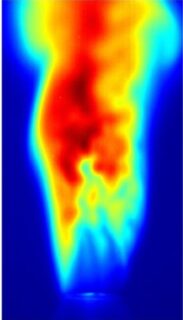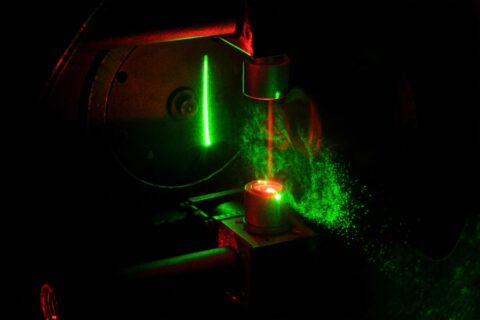Index
Energy Technologies
Energy Technologies
A sustainable material and energy base is a prerequisite of all industries. Modern process engineering is the engineering discipline that provides new energy sources, processes, manufacturing processes, and apparatus for sustainable energy and feedstock supply – from global scale to atomic scale exploration. The Department of Chemical and Bioengineering (CBI) forms an innovative core of FAU and is a national and international leader in research in sustainable energy processes and hydrogen technology. The transformation of existing energy systems for the substitution of fossil by renewable resources is the focus of the department’s research and teaching. Research is conducted, among other things, on technologies for sector coupling and the supply of all energy consumers in industry, households and the transport sector with energy from renewable sources.
Methods
With 14 working groups active in the field of energy processes, the department is broadly positioned in the processes of energy technology and has an extensive range of methods at its disposal to meet the challenges of the transformation to a sustainable energy economy – from new theoretical approaches to laboratory facilities and pilot plant scale. Special focus areas include:
- Hydrogen technology, electrochemical processes based on new energy-carrying materials (LOHC), such as innovative fuel cells, electrolysis, electrochemical process technology, and combustion processes with sustainable energy carriers.
- Optical measurement methods in process engineering, high-throughput analysis methods and molecular dynamic simulations
- Reactor development for emission-free energy conversion
- Biocatalytic e-fuel syntheses and power generation
- Modern simulation methods for efficient prediction of turbulent flows, including high-performance computing, advanced modelling, postprocessing strategies and detailed experimental validation.
- Development of integrated system solutions and market models using machine learning, regional cooling and heating networks
- CFD simulations and cycle calculations on methanation processes, ash melting behavior, kinetics of biological conversions, pyrolysis and gasification processes
- Integration of innovative storage technologies for power and heat generation for decentralized combined heat and power (CHP) up to large boiler plants and power plant technologies
Highlights
- Close cooperation with the Helmholtz Institute for Renewable Energies HI ERN with topics LOHC, hydrogen
- Initiative and leadership to the excellence research cluster New Materials and Processes (EAM) with involvement of numerous CBI colleagues
- Close cooperation with regional, national and international industry, e.g. ‘Campus Future Driveline’ at MAN Truck & Bus, Nuremberg
- Close connection of energy research topics to the study programs of the Department of Sustainable Chemical Technologies (CEN), Energy Technology (ET), Chemical and Bioengineering (CBI), Life Science Engineering (LSE)
- Internationalization with the all-English Clean Energy Processes (CEP) degree program
- Strong outreach activities: Learning Lab Technikland, Mobile Digitalization Workshop Erlangen, DEIN MINT, Student Team Competition Vision ING 21
Biotechnology
Biotechnology
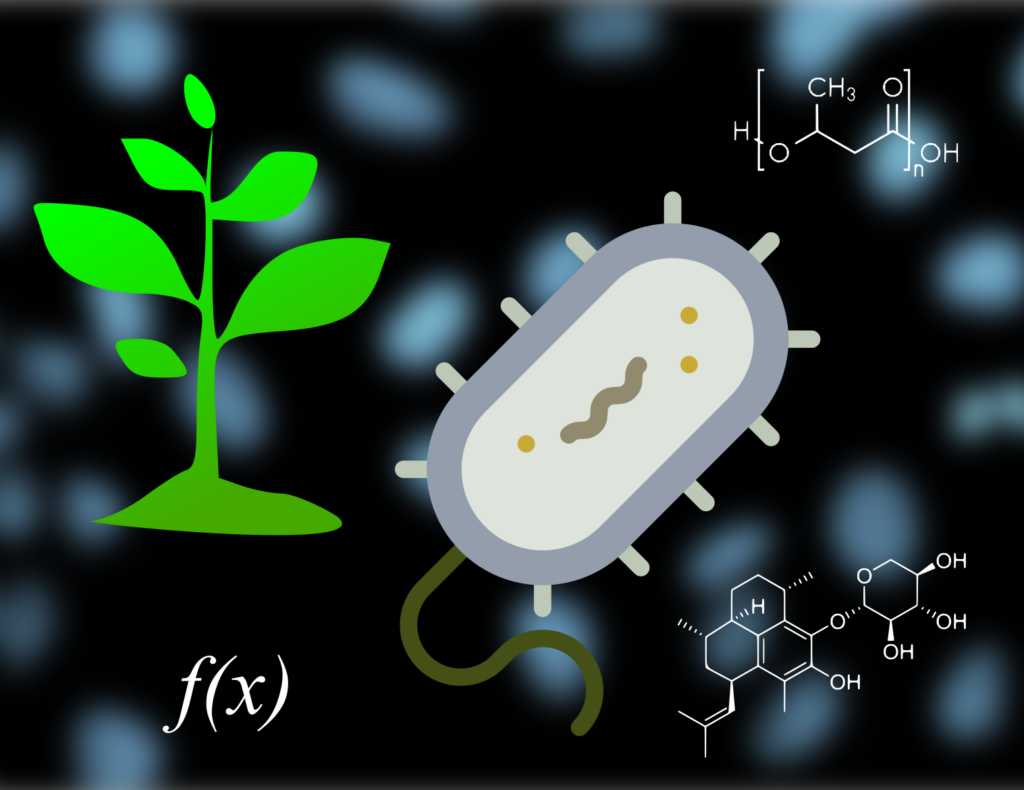
Biotechnology is an interdisciplinary field of research with impact on medicine, biochemistry, environmental engineering, food and bioenergy. We try to harness the diversity of nature to meet current challenges, such as the transition to a sustainable production or the development of new materials. In addition, biotechnology will contribute to securing the food supply as well as health and well-being.
The production of valuable materials, fuels and food belong to the field of industrial or “white” biotechnology. Using renewable raw materials is crucial, especially to achieve climate targets. Sustainable raw materials mainly include plant components, waste streams and compounds synthesised from CO2 using renewable energy. Cells, enzymes and extracts serve as biotechnological “factories” that work under environmentally friendly conditions at low temperatures and without toxic additives.
Medical or “red biotechnology” combines process and medical technologies for applications for therapy and diagnostics. New active agents or vaccines are developed and produced on a large scale after successful validation. To achieve good production, innovative bioreactor systems with integrated in-line monitoring processes are needed. Likewise, new system technology developments find their way into tissue and organ diagnostics (e.g. digital pathology, biomechatronics) as well as applications in the generation of new bioartificial tissues for tissue replacement (so-called “tissue engineering”).
The purification of molecules from biotechnological production processes, both in the field of white and red biotechnology, is often an additional challenge (very complex mixtures, low concentrations, sensitive target molecules). This requires the development of customised downstream processes.
Methods (Scope)
Biotechnology methods are highly interdisciplinary. Molecular biology, analytics, engineering, bioinformatics, biosensors and modelling are all involved in the successful development of processes. In-depth knowledge of cell biology, genetic engineering and biophysics is necessary for an understanding of the biological system. The interaction of biologists with engineers results in robust biotechnological processes that are applicable on an industrial scale, but also on a microscopic scale (e.g. microfabrication, microfluidics, cell manipulation).
Highlights (Scientific scope)
Biotechnological developments include health, food, and materials. At the Department of Chemical and Biological Engineering, research on these important future topics in industrial and medical biotechnology include:
- Novel biocatalysts for the enzymatic recycling of plastic materials (Figure 1).
- CO2-free production of bio-plastics, biofuels and other materials through co-substrates.
- CO2 upgrading to biofuels for sustainable, decentralised energy supply.
- Opto-biomechatronics: combination of high-performance imaging and measurement techniques to survey cellular and tissue mechanics to elucidate structure-function relationships of diseases (Figure 2).
- New methods for cell and tissue diagnostics and manipulation, for research into disease models or the maturation of bioartificial tissues.
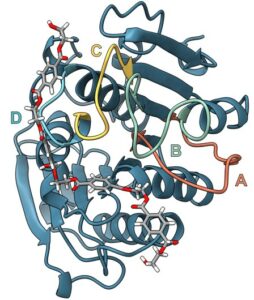

Research priorities
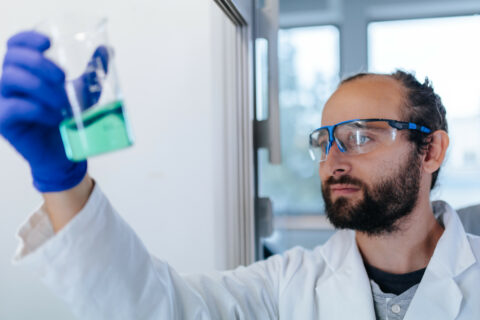
The Department of Chemical of Chemical and Biological Engineering has the following research priorities:
- New Materials and Processes
- Energy Technologies
- Particle Technologies
- Interface Science and Technology
- Biotechnology
- Optical Technologies
